
Traffic goes first, clears the way
Mentioning Son La in the past meant mentioning a remote land, with difficult traffic and travel. Historical documents of the Transport sector recorded: In the past, Son La's connection with the lowlands mainly relied on the Da River. During the French colonial period, route 41 (now National Highway 6), route to Ta Bu, route 43 from Moc Chau to Pa Hang were opened to serve the administration, with a total length of 300 km, mainly dirt roads, small and narrow, used in the dry season, not belonging to any technical category.
Through the process of construction, from the hands of tens of thousands of young volunteers with only hoes and shovels, under the rain of bombs and bullets, throughout the years of resistance against French colonialism and American imperialism, to the subsidy period in the 1980s, Son La's transportation has made progress. However, many people cannot forget the "ox carts", also known as "improved vehicles"; then the "vertical head" and "horizontal head" tractors that emitted smoke and roared loudly on the dusty dirt roads - the most practical means of transport for the people in those difficult years. Or the vehicles that ran on charcoal, the trucks with passenger compartments on the 3-day journey from Hanoi to Son La...
Nowadays, it only takes people 5 or 6 hours on comfortable sleeper buses to reach the capital; trucks, dump trucks, and cars roll back and forth on smooth asphalt roads. The “horse-footed” roads, with horse-drawn carriages, people carrying agricultural products and walking all day to the market to exchange for salt, fish sauce, rice... have also become a thing of the past. Cars go right to the villages, to the gardens and hills to buy agricultural products for the people.

With the motto "transportation goes first, paving the way", along with the attention of the Central Government, Son La has proposed policies and resolutions to prioritize transportation development. Currently, the road system in Son La province has over 884 km of national highways; 1,124 km of provincial roads and tens of thousands of kilometers of urban roads, commune roads, specialized roads and rural roads. The province has completed the target of 100% of communes having paved roads to the center.
Mr. Nguyen Van Chinh, Deputy Director of the Department of Construction, informed: Resolution No. 05-NQ/TU dated January 21, 2021 of the Provincial Party Committee on the development of socio-economic infrastructure in a synchronous manner for the period 2021-2025 gives top priority to the development of transport infrastructure. Many key transport projects have been implemented, especially Son La province as the managing agency to invest in the Hoa Binh - Moc Chau expressway, the section within the province, started construction on May 18, 2025, 73 days ahead of schedule; supplemented the planning and submitted to the Ministry of Transport (now the Ministry of Construction) the Project on socialization of investment and exploitation of Na San Airport; put into operation the bypass route of the old Son La city.
Each year, the paved roads extend to the villages, "wherever the roads go, the people become rich", shortening the distance between regions, creating motivation and opportunities for Son La province to develop.
Synchronous investment in infrastructure system
Son La land was once plagued by the light of oil lamps and kerosene lamps. In the 1990s, the province's electricity supply was mainly diesel-powered and the Chieng Ngam hydroelectric plant had a capacity of less than 2 MW, mainly supplying electricity to Son La town and the town centers of some districts in the province. But now, Son La is a key locality in the country in terms of energy infrastructure. The whole province has 60 hydroelectric plants in operation, especially the Son La hydroelectric plant, which is the largest in Southeast Asia, making an important contribution to national energy security. The rate of households using safe electricity for daily life is 99%.

Mr. Ha Nhu Hue, Director of the Department of Industry and Trade, informed: According to the plan, the province is allowed to develop electricity with a total capacity of 10,200 MW by 2030, including 5,500 MW of hydropower, 3,674 MW of solar power, 980 MW of wind power, and 41 MW of biomass power. By September 2025, Son La has put into operation 3,979 MW, reaching 39% of the planned capacity, supplying the national power system with 12-15 billion kWh per year (accounting for 4-5% of the national electricity output).
Son La is determined to put Resolution No. 70-NQ/TW of the Politburo on ensuring national energy security until 2030, with a vision to 2050, into practice, striving to become the leading locality in the country in developing clean energy, contributing to ensuring national energy security.
During the 130-year flow, Son La also focused on building irrigation infrastructure from collecting rainwater to proactive irrigation. From 1959 to 1962, many irrigation works were built to serve the development of production and people's lives; including Noong La reservoir, Chieng Ngan commune (City) built in 1961, with a capacity of about 50,000 m³ of water. Up to now, the whole province has had 4,514 irrigation works, rural clean water, including many important projects, such as: Nam La stream embankment project phase II; Muoi and Tac stream embankment project against landslides; Mong village lake... serving the needs of development and restructuring of rural agriculture.

The picture of Son La's appearance also has a bright spot in industrial infrastructure. Realizing the goal of building Son La into an agricultural processing center of the Northwest region, the province is interested in investing in the infrastructure system of industrial parks and clusters, including: Mai Son Industrial Park with an occupancy rate of about 60%; completing the construction zoning plan of Van Ho Industrial Park and reviewing and adding 21 industrial clusters to the Son La Provincial Planning for the period 2021-2030, with a vision to 2050. Currently, the whole province has 19 factories and nearly 600 agricultural processing facilities in operation, this is an important foundation for Son La to strive to become a modern agricultural processing center of the Northern Midlands and Mountains region by 2030.
For Son La to integrate and develop, digital infrastructure in the province is of interest. Nowadays, the internet, mobile networks... have erased the image of radio lines with old loudspeakers, old newspapers passed around, or the hardships on the backs of postmen in the past carrying mail, letters, books and newspapers to the highlands. Up to now, 100% of communes have fixed broadband information networks (optical cable) and popularized mobile broadband information networks (4G); 96.9% of villages and 97.25% of the population are covered by 4G. The whole province currently has 44 5G mobile information stations, the rate of population covered by 5G mobile broadband is 10.14%; the rate of users with the ability to access fixed broadband with speeds over 1Gb/s is 50%. People can easily access the internet anytime, anywhere; Using social networks and e-commerce platforms to trade and promote Son La agricultural products to all regions of the country and to the world. Achievements in digital infrastructure create motivation for the province to continue to effectively implement Resolution No. 57-NQ/TW dated December 22, 2024 of the Politburo on breakthroughs in science and technology development, innovation and national digital transformation.

Mr. Le Minh Thang, Deputy Director of VNPT Son La, said: The unit has invested in and built more than 200 km of new fiber optic cables, installed over 100 radio devices to ensure synchronous telecommunications infrastructure. Focus on developing cloud computing infrastructure, digital platforms, smart equipment systems to serve the development of digital government, digital economy, and digital society.
Infrastructure of essential sectors and fields is focused on investment by Son La province, serving socio-economic development and improving the quality of life for the people. Urban infrastructure is invested in a modern, civilized, and rich-in-identity direction; rural infrastructure is invested in the direction of completing the criteria for building new rural areas. Promoting the development of all types of commercial infrastructure; focusing on attracting investment in the field of logistics, services serving the consumption, processing, preservation and export of agricultural products... Cultural - social infrastructure, health, information and communication are invested in all aspects, serving the development of culture, education, and health care for the people.
Developing infrastructure in a synchronous and modern direction has mobilized and effectively used investment resources, created a driving force to attract investment, contributed to promoting socio-economy, improving people's lives, and promoting comprehensive development of Son La province.
Source: https://baosonla.vn/xa-hoi/ket-cau-ha-tang-tru-cot-cho-phat-trien-wPk1AH6HR.html


![[Photo] "Exposing letters" in the flood center of Lang Son](https://vphoto.vietnam.vn/thumb/1200x675/vietnam/resource/IMAGE/2025/10/10/1760080117518_ndo_br_z7101324112737-07cd4d1c01801a8ccf4ae0cbaf31c4a3-507-jpg.webp)

![[Photo] Prime Minister Pham Minh Chinh attends the Patriotic Emulation Congress of Hanoi city](https://vphoto.vietnam.vn/thumb/1200x675/vietnam/resource/IMAGE/2025/10/10/1760078918257_dsc-2008-jpg.webp)
![[Photo] Standing member of the Secretariat Tran Cam Tu works with the Standing Committee of the Party Committee of the Ministry of Health](https://vphoto.vietnam.vn/thumb/1200x675/vietnam/resource/IMAGE/2025/10/10/1760079818773_image-4-6972-jpg.webp)

















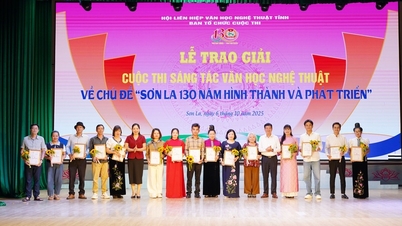
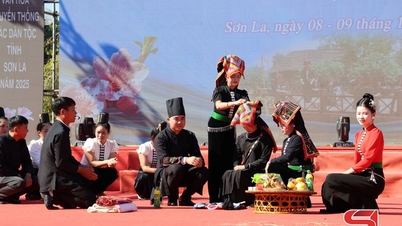



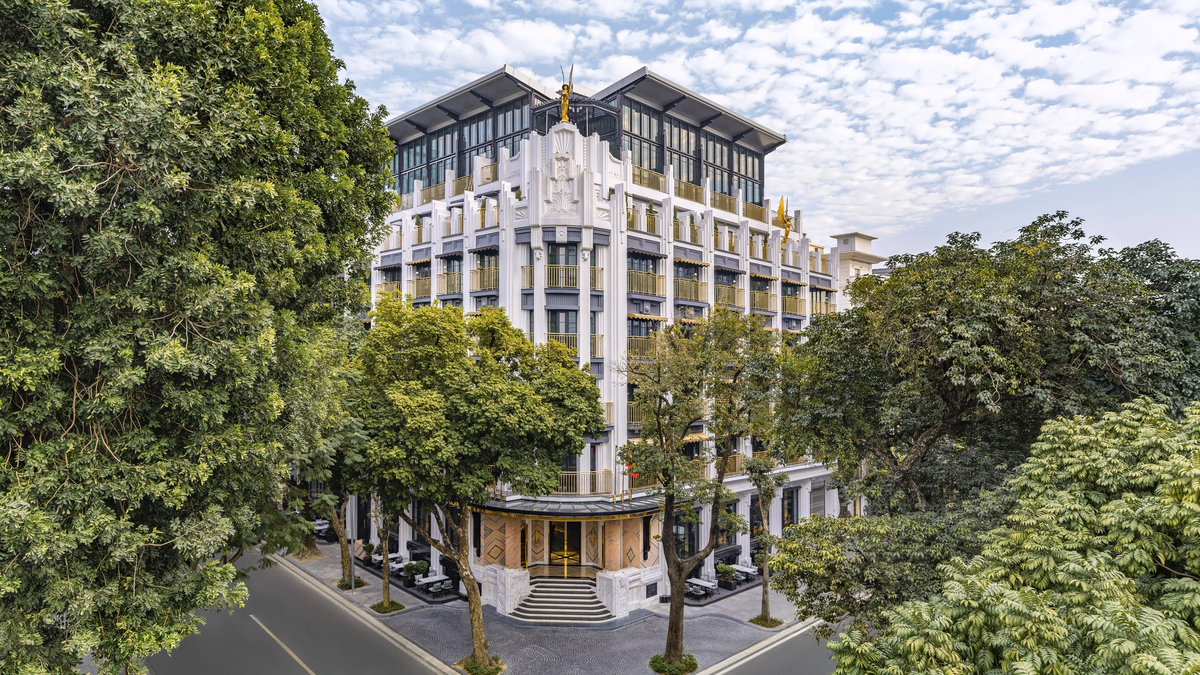































![[Photo] President Luong Cuong presents decisions on conferring titles and appointing Vietnamese Ambassadors](https://vphoto.vietnam.vn/thumb/402x226/vietnam/resource/IMAGE/2025/10/10/1760082105623_image-1.jpeg)

















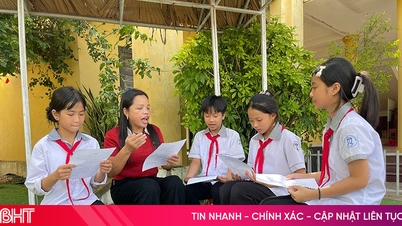



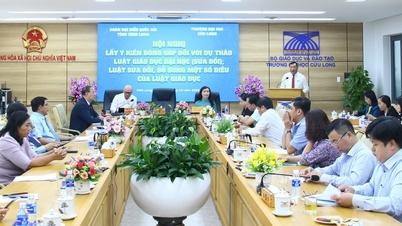















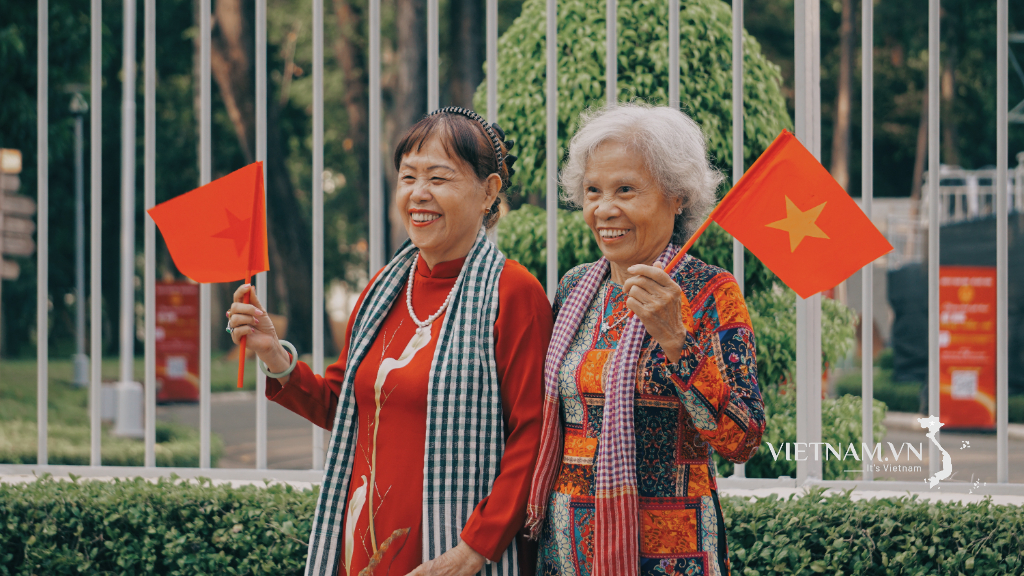
Comment (0)